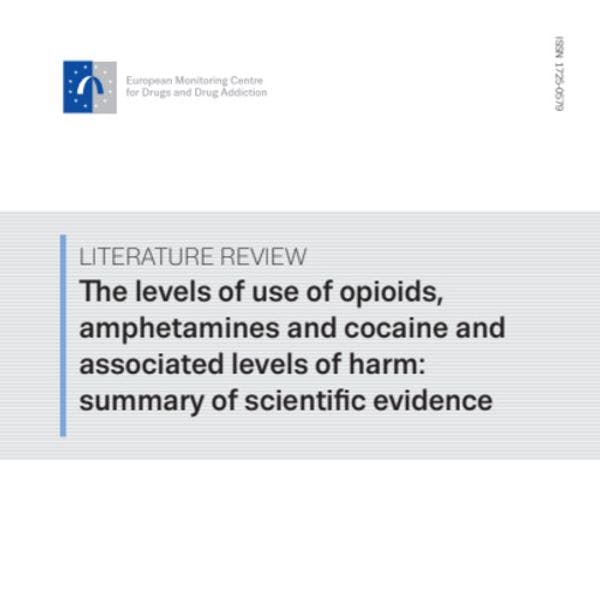The levels of use of opioids, amphetamines and cocaine and associated levels of harm: Summary of scientific evidence
This report by the European Monitoring Centre on Drugs and Drug Addiction (EMCDDA) presents the findings of a literature review to identify the most frequently occurring patterns of use and their relation to harm in users of opioids, powder and crack cocaine, and meth/amphetamine. The behavioural factors that were studied included: frequency of use, duration of use, routes of administration, drug type, dose, severity of dependence, and (the presence of) polydrug use.
Research on stimulants covers a relatively broad spectrum of patterns and severity, and thus
provides some indications of the levels of use that are more harmful than others. Similar
evidence is relatively scarce for opioids, where the overwhelming majority of studies
concentrate only on the most risky injecting and addictive use.
Keep up-to-date with drug policy developments by subscribing to the IDPC Monthly Alert.
Downloads
Regions
Related Profiles
- European Monitoring Centre on Drugs and Drug Addiction (EMCDDA)
